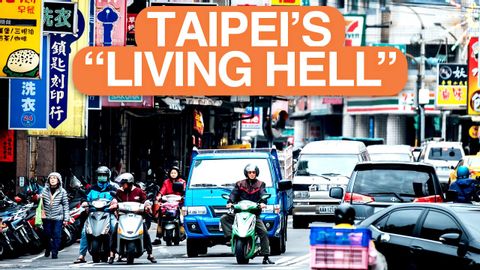台湾の道路はまだ "生き地獄 "なのか? (Are Taiwan's Roads Still a "Living Hell"?)
VoiceTube が 2024 年 09 月 15 日 に投稿  この条件に一致する単語はありません
この条件に一致する単語はありませんUS /ˈdɛdɪˌketɪd/
・
UK /'dedɪkeɪtɪd/
- v.t.捧げた;専念した;捧げる
- adj.熱心な : 献身的な;専用の
US /məˈdʒɔrɪti, -ˈdʒɑr-/
・
UK /mə'dʒɒrətɪ/
US /ˈɪnfrəˌstrʌktʃɚ/
・
UK /'ɪnfrəstrʌktʃə(r)/
- n. (u.)インフラ;社会基盤;組織基盤;IT基盤
- n. (c./u.)共有地;(地域共同体が所有する)共有地
- adj.公共の;典型的;一般の;広まっている;下品な;普通名詞の
エネルギーを使用
すべての単語を解除
発音・解説・フィルター機能を解除
